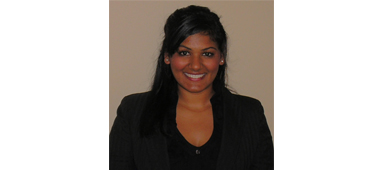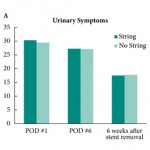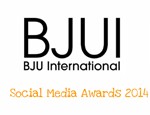Not So Watchful Waiting?
SPCG-4 of Robotic Prostatectomy versus WW: April #urojc summary
This month’s twitter based international urology journal club, found by using #urojc, kicked off with the highly anticipated 20 year follow-up of the Scandinavian Prostate Cancer Group Study Number 4 (SPCG-4). This article had twitter buzzing in mid-March when it was published in the New England Journal of Medicine making it an ideal article for April’s journal club. This paper became an instant urology “classic.”
Bill-Axelson et al. published this 18 year follow up of a randomized control trial which separated individuals with early prostate cancer into two groups: watchful waiting or radical prostatectomy. Notable results of the study included a relative risk reduction of 44% from prostate cancer for those who underwent a radical prostatectomy compared to with watchful waiting with the NNT = 8, decreased use of androgen-deprivation therapy in this group, and the benefit of surgery being the most prominent in men <65 years with a 55% decrease in the relative risk of death due to prostate cancer.
Given that these results contradict the well known results of the Prostate Cancer Intervention versus Observation Trial (PIVOT), which started after the advent of PSA screening – the discussion of this article was particularly interesting. They are however, very different studies in terms of era and the populations studied.

During the 48 hour discussion period, key topics discussed were:
- The applicability of these findings given the many advances in prostate cancer screening, diagnosis, and treatment since the 1990’s
- The factors that influence the NNT
- The impact of androgen deprivation therapy within both groups
- How to weigh the impact of adverse effects including erectile dysfunction and urinary incontinence especially in the context of today’s treatment which includes radiation therapy, an option not addressed in this SPCG-4 study
- The importance of this study should we face the possibility of shifting back to a pre-PSA era with the new USPSTF recommendations regarding PSA screening
As soon as the discussion opened, a question was posed if this was considered a contemporary cohort:


However, this thought was countered by:

The conversation continued to include the importance of time in NNT as pointed out Stacy Loeb. The point was later made, that the NNT might actually be lower with today’s advents of management in high-risk cancer patients.



There was a brief discussion on the statistic that 60% of the participants in the watchful waiting group underwent ADT treatment versus only 40% in the radical prostatectomy group.



Impact of adverse effects was also briefly discussed. The article stated that 84% of prostatectomy patients had ED versus 80% of the patients in WW. However, incontinence was only present in 11% of the watchful waiting group versus 40% of the surgery group. These statistics are interesting to compare, when the third option of radiation therapy is introduced. With RT being a viable alternative today compared to the 1990’s when the initial enrollment for the SPCG-4 study was done, weighing the risk/benefits of treatment becomes much more complicated.

The importance of weighing QOL was not forgotten during this discussion.


Finally, there was some great conversation alluding to the relevance of this study in the future given the new guidelines of the USTPSF which recommend against using PSA to screen for prostate cancer in healthy men of all ages on the account that there is no realized benefit.



Overall the importance of this study can be easily summarized as follows:



We welcomed a new member!

A huge thank you to the American Urological Association who supported the Best Tweet prize of a video box set. The winner is Fardod O’Kelly for the following tweet:

Thank you to everyone who joined the discussion. We look forward to seeing you at the May #urojc!
Meena Davuluri is a 3rd year medical student at Upstate Medical University in Syracuse, NY. She is interested in pursuing a career in Urology. Her interests include cost-effective decision analysis and health policy regarding healthcare delivery models. Follow her on Twitter @MeenaDavuluri.




Wonderful blog Meena.
The famous Lars Holmberg of the SPCG-4 fame is my colleague at Guy’s.
His team have shown us how best to conduct surgical trials and not lose patients to follow-up.